#MeetTheArtist Veerle Beckers - In search of balance between figuration and abstraction
Kristof De Clercq Gallery is exhibiting new work by Ghent painter Veerle Beckers at Art Rotterdam. Her work is figurative and as a viewer, you immediately recognise Becker's subjects, yet will never encounter them in the same way. Beckers navigates along the border between figuration and abstraction.
“For me, painting is very much about finding the right balance. It is a different translation exercise every time.”
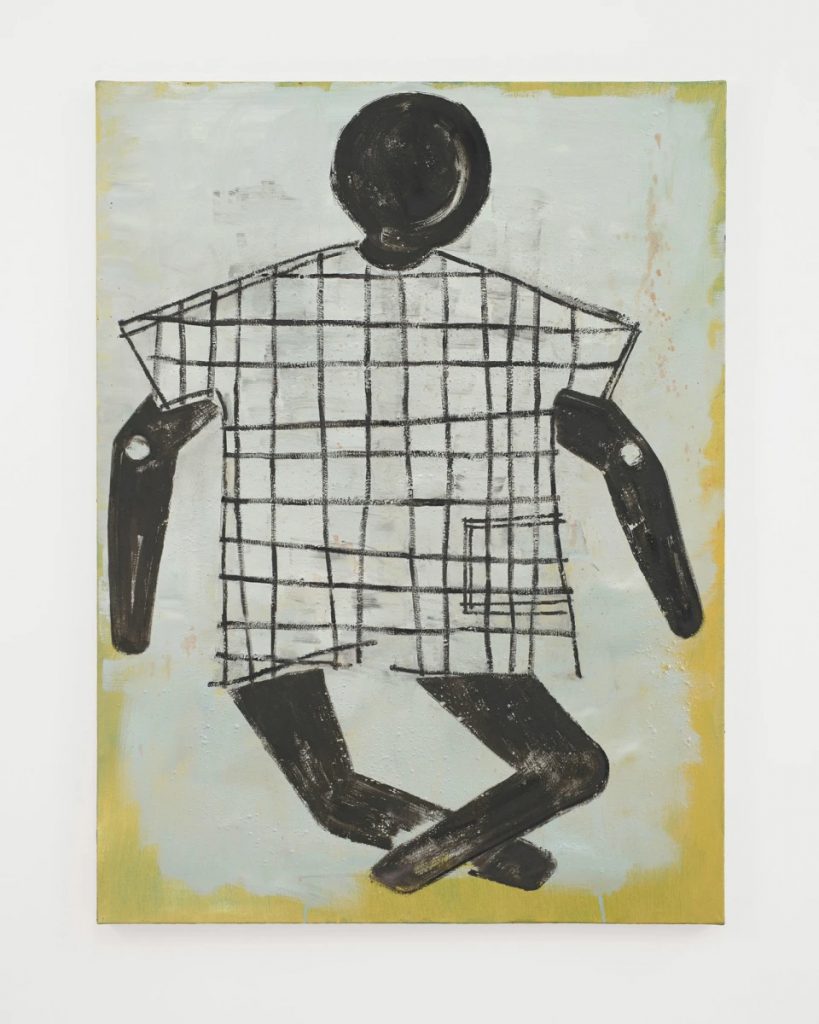
Do you know which works you will be showing at Art Rotterdam? Recent work will be on display, paintings that I painted during 2022. The final selection has yet to be made in coordination with my gallery.
Do you take that work in a new direction or build on existing principles?
Every canvas I paint is separate from the previous one, separate from the whole. This is how I work. I don't make series of works. My work evolves along with me as a person. In my life lately, for instance, apart from working in the studio, I've been trying to let go of my urge for control a bit more, and this of course influences my approach to painting. At times when I am more introspective, what I paint is more layered anyway, more loaded.
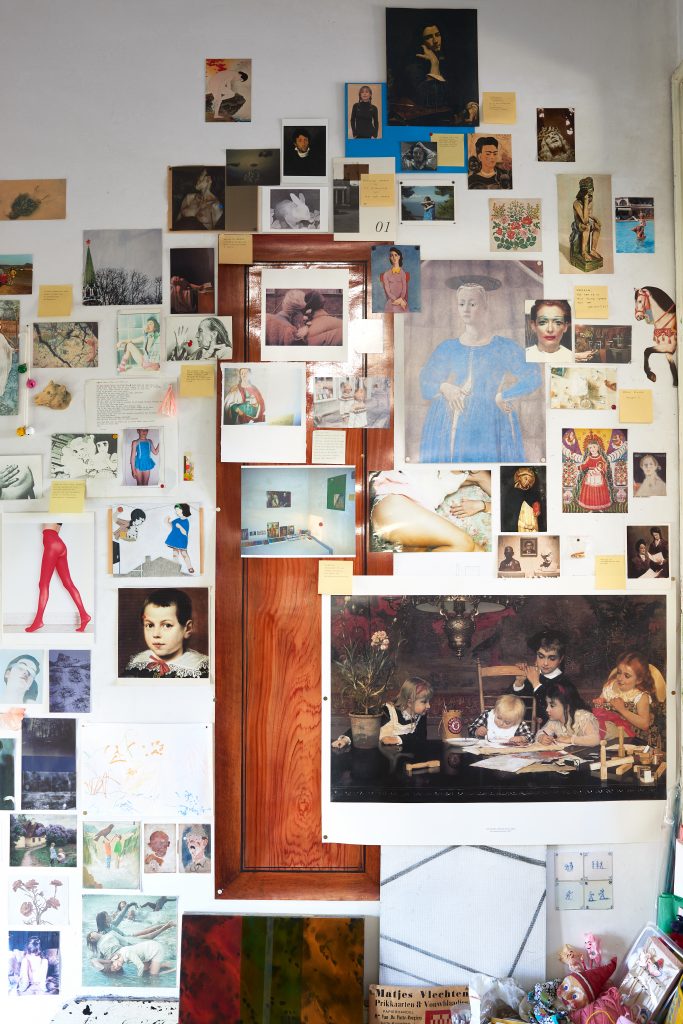
I noticed that your workplace is described in every article I read about your work. The path through your house to the attic with the countless clippings. This is rarely done as a rule, but it always happens with you. That cannot be coincidence. Can you describe your studio and its importance to your work?
People find it fascinating here. I should probably move, so that the focus will be on my paintings. :-) I paint in the house where I live. Working and living flow into each other. It’s an old house, narrow and tall. My studio is located in the attic, while the basement is where I live, cook, eat and have visitors. The walls of the hallway with the steep staircase that runs from bottom to top are covered with prints, photos, reproductions of paintings, post-its, collectibles…. You might say it is like a cabinet full of reference images, stimuli that nourish and inspire. But above all, they are stories, memories, twists and turns that provide clarity, a sort of anchor or backbone. I am extremely visual by nature and create stories with images. My studio is much more peaceful. There are fewer things hanging on the walls. Yet even there I feel the need to overload myself with images. Artbooks play a big role in my studio. I find open books inspiring.
I believe that the process of cutting and pasting and puzzling in my stairwell has to do with a fear of loss. A fear of forgetting, a fear of never feeling a certain feeling again, but above all, a fear of losing myself. The clippings and collages in the stairwell help me give my restlessness a place to land and are an instrument for understanding and exploring the world (my world).
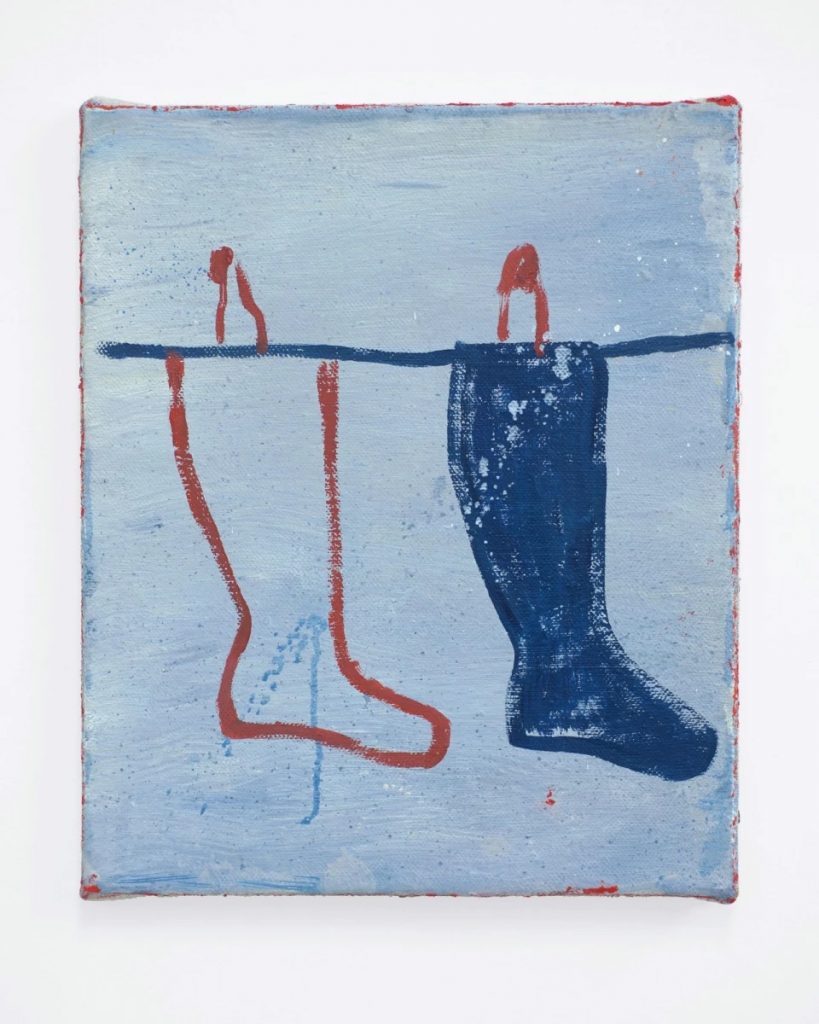
I understand that you are able paint in any style, but chose this specific style. Is that a conscious decision or something that evolves intuitively?
Yes, it is something that evolves gradually. And it also helps to know yourself well as a person. You don’t enjoy doing something just because you can do it. I would not recommend that a person with ADHD paint like the Flemish Primitives. It's about developing a way of working that makes you happy.
The way I paint also has a lot to do with what I've seen. As a child, I saw a lot of paintings. My father was an art dealer and sold work by Roger Raveel, Raoul De Keyser, Constant Permeke, Jean Brusselmans, Edgard Tytgat and others. I strongly believe that what you see and experience in your childhood is decisive for later in life, also as a painter in the studio.
Your work is figurative but in an abstract way. As a viewer, you immediately recognise the subjects, but will never encounter them like that in reality. You create just enough distance to observe the subject once again. Is that also what you're after?
Yes, of course. For me, painting is very much about finding the right balance. I don't just want to copy an image. Yet, I don't want the initial image to disappear entirely. It is a different translation exercise every time. Sometimes I want to tell a story through colour, while other times, I try to convey an emotion through subject matter. Each image requires a specific approach. Of course, when I am painting, the original image fades into the background and I am only concerned with the canvas – with colour, composition and paint.
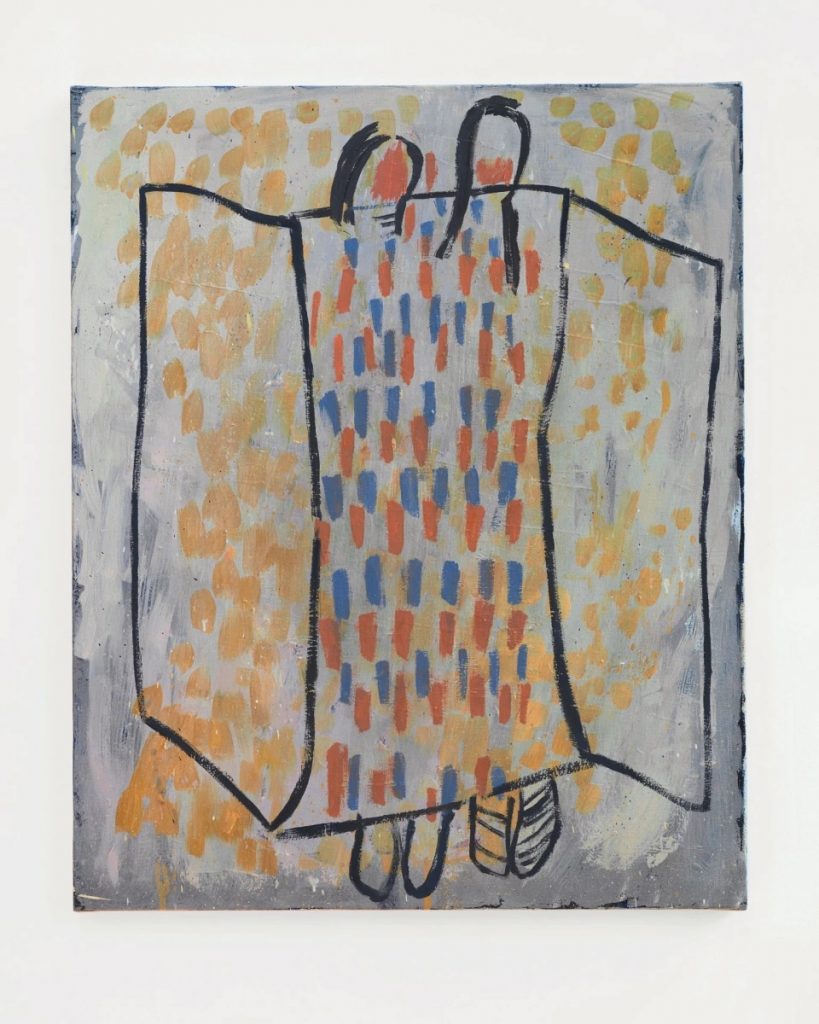
You are trained as a restorer of murals and paintings. In addition to your work as an artist, do you also work as a restorer?
No, though I worked as a house painter and decorator for a long time. I have taken several courses on painting and paint, and which also included restoration. But restoration has never really interested me. I realised very early on that I wanted to do something with paint and that I wanted to create. For a long time, I didn't know which direction those painting courses would take me. All I knew was that I loved paint, colour and texture. Today, I notice that many things I have learned have come together in my studio and I enjoy that. The fact that I ended up restoring wall paintings had much more to do with my preference for frescoes and medieval wall paintings. I wanted to know how a fresco was made, how they used to create them and I wanted to be able to create them myself.
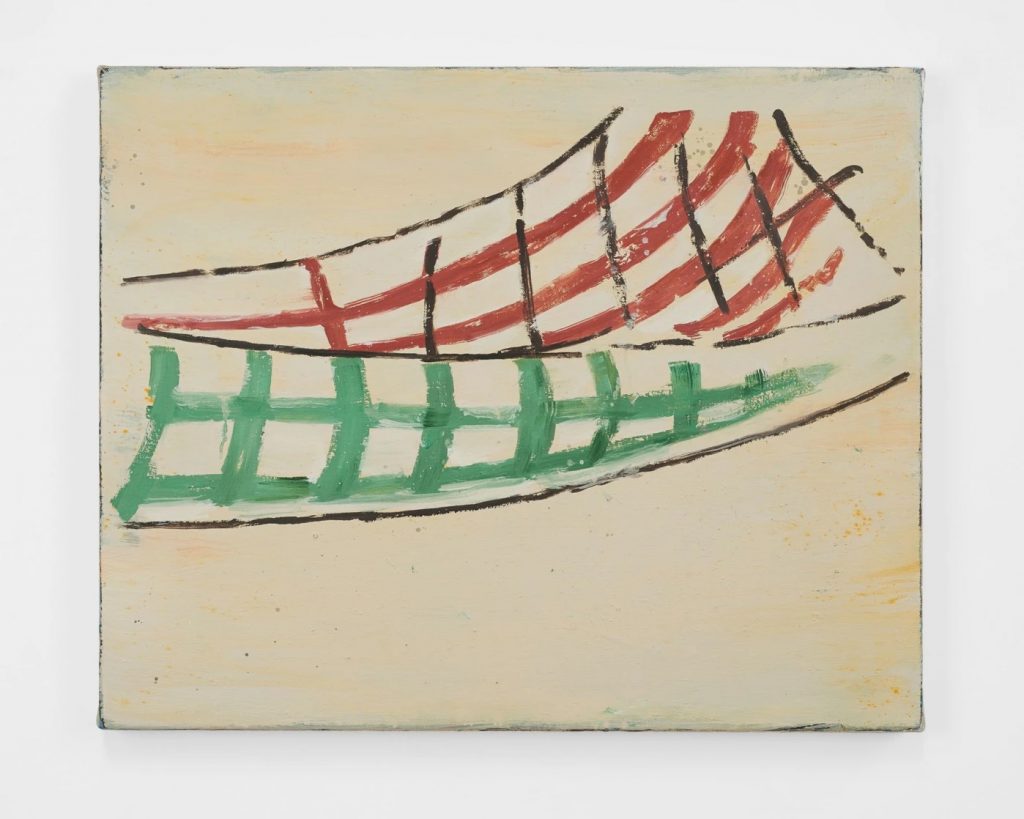
Written by Wouter van den Eijkel


